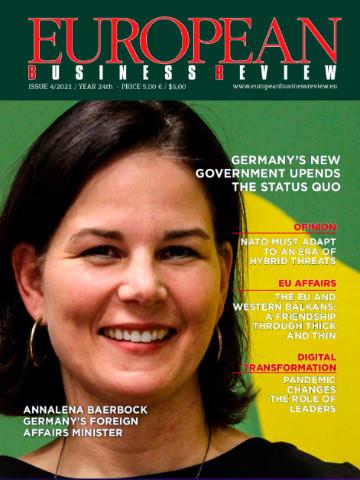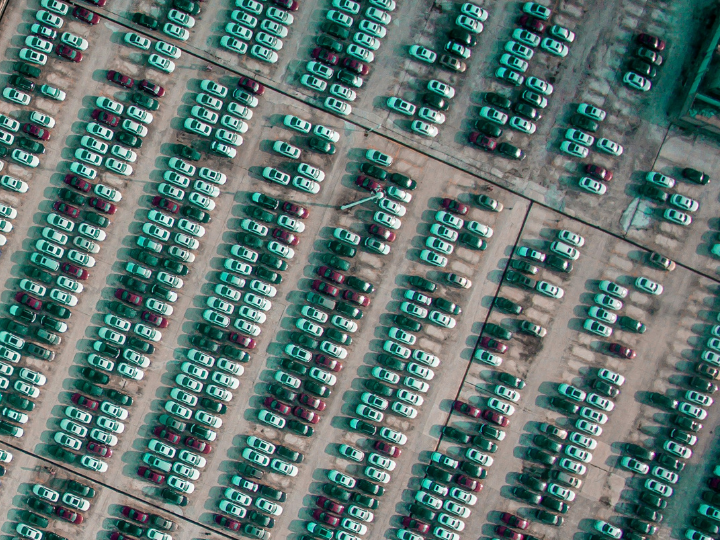Populists in power, like Five Stars and the Lega in Italy, can do serious damage. In the case of Italy, the key risks are long-term rather than immediate
by
Holger Schmieding*
The last time radical parties from the left and right formed a coalition in a Eurozone member, the country – Greece – plunged into a renewed crisis right away that forced the radicals to get real some six months later.
Remember Yanis Varoufakis?
Having become finance minister in Athens in late January 2015 for a coalition of ultra-left Syriza and right-wing Anel, Mr. Varoufakis turned against Greece’s official creditors and eventually worked semi-secretly on a plan to leave the euro.
Business confidence in Greece fell like a stone and capital fled the country in droves. Instead of enjoying a Spanish-style upswing, as sentiment indicators had suggested until late 2014 in response to reform progress in Greece, the Greek economy tanked.
Banks had to be closed in mid-2015. The rot stopped shortly after prime minister Alexis Tsipras fired Varoufakis in July 2015, dropped most of his policies and asked official creditors for help again. As shattered trust is difficult to rebuild, Greece’s economic rebound remains sub-par to this day — although Athens is now pursuing mostly mainstream policies.
Italian fundamentals
Italy in 2018 is a far cry from Greece in 2015. The economy is growing (1.6% in 2017), borrowing costs are low and banks are gradually getting to grips with their non-performing loans.
Italy also needs no help from official creditors. Running a fiscal deficit of just 2.3% of GDP in 2017 after 2.5% in 2016, Italy enjoys a comfortable fiscal starting position. For the next two years, Italy’s ratio of interest payments to GDP, which has already declined from 5.0% in 2012 to 3.6% in 2017, looks set to fall slightly further to 3.4% of GDP in 2019 — unless yields were to surge dramatically.
Looking at the external environment, the entire Eurozone is in significantly better shape than in 2015. Also, markets have learned in the last few years that betting against the cohesion of the Eurozone can be a very expensive mistake.
Reassuringly, the Italian constitution gives the President significant powers to prevent policy excesses.
First, Sergio Mattarella, a sensible pro-European center-left reformer by background, can reject candidates whom the would-be coalition partners put forward for prime minister. Italy’s President can thus set conditions for accepting a new government.
Second, he can reject laws that breach the constitutional requirement to run a balanced budget in normal times.
Reckless ideas
The plans of the populists as reported in the press in the last few days include undoing the ongoing rise in the retirement age, a generous minimum income and a flat rate income tax of 15% (or 20% for higher incomes).
The two parties — 5Stars and Lega — also want to cancel a scheduled rise in the value-added tax. These plans are unaffordable, potentially raising the fiscal deficit by up to 6% of annual GDP.
So far, 5Stars and Lega seem to have largely added up their various campaign promises in their negotiations. They will have to water down these ideas substantially, linking steps to certain conditions and/or phasing them in only very gradually to contain the fiscal costs.
Otherwise, the would-be partners would probably not be able get them through the two houses of the Italian parliament. Together, Lega and 5Stars have only a small and fragile 6-9 seat majority in the Senate, and the 5Stars are a volatile group.
The policies may also run into opposition from the president and – possibly – the courts. Still, even a diluted version of such radical policies would carry some noteworthy near-term and some grave long-term risks.
Untested powers
The powers of the Italian President to veto fiscally reckless laws are partly untested. Even watered-down plans to raise spending and cut taxes could put Rome on a collision course with the EU.
The latter has little reason to be lenient toward radicals who have won an election partly by railing against the fiscal constraints imposed on Italy by EU treaties.
A noisy conflict between Rome and Brussels could spook investors and businesses. Yes, Paris and Berlin would need Rome to agree to any plans Macron and Merkel may hatch for EU/Eurozone reforms.
But if push came to shove, Paris, Berlin and other EU capitals could agree to pursue reforms outside the confines of the EU treaties and thus ignore a recalcitrant Italy.
In other words, any Italian attempt to blackmail its EU partners into tolerating major fiscal excesses could backfire for Rome. Just ask Varoufakis what Athens got out of his attempt to corner Germany‘s then-finance minister Wolfgang Schauble.
On balance, a radical government in Rome would be more likely to muddle through somewhat noisily for a while than to get into a Varoufakis-style conflict with the EU. Unless the radical parties were to revive plans to potentially leave the euro, the near-term risks should be manageable.
Long term risks loom large for Italy
Italy remains a half-reformed country that needs further Renzi/Monti-style reforms to raise its growth potential beyond its current paltry 0.8% per year and make its public debt (132% of GDP in 2017) sustainable.
A rise of the populists to power would almost certainly mark the end of pro-growth structural reforms and lead to some reform reversals instead. (The possible exception could be an income tax reform with a two-tier flat tax. While fiscally unaffordable, this reform would at least strengthen supply).
The costs of reform reversals may not count for much in a cyclical upswing. As in Poland since 2015, public opinion in Italy may well side with the populists for a while as they deliver on some expensive spending pledges.
It often takes a recession to lay bare the true costs of misguided policies. If and when the current global upswings turns into a downturn, say in 2021 as seems quite plausible on current cyclical dynamics in the United States, an insufficiently reformed Italy could be a prime victim.
With a surge in Italian public debt to, say, 145% of GDP during the recession and an investor flight to quality, an Italy run by economically illiterate populists might then have to cope with a debt crisis in 2022.
At the same time, other countries in the Eurozone such as Spain and France could be expected to get off lightly courtesy of their recent or current reforms — just as Germany easily weathered the 2008/09 mega-recession due to its 2004 reforms.
Get real or leave the euro
In the wake of the next recession, Italy may then face the stark choice Greece had to make after Varoufakis in the summer of 2015: Get real and pursue serious reforms — or leave the euro and descend into chaos.
Like Greece, Italy would probably choose painful reforms over chaos in such a case. A French renaissance in the wake of the Macron reforms could make it look even more attractive to stay in the euro.
But it could be noisy. Even worse, the tail risk that populists in Rome, blaming their travails on the EU and not on their own misguided policy choices, could defy economic logic and leave the euro and the ECB’s protective umbrella would not be zero.
Europe has some experience with taming radicals in power. Beyond the conversion of Tsipras in Athens, other examples include the erstwhile “True Finns,” Austria’s FPO and the two radical-left parties which support the Portuguese government.
The radicals in Italy, if and when they form a government, may well grow up upon facing reality in office. Still, Italy remains the top risk to watch in Europe, the exception to a trend that otherwise is rather favorable in, for instance, France and Spain.
*Chief economist at Berenberg Bank in London




 By: N. Peter Kramer
By: N. Peter Kramer

